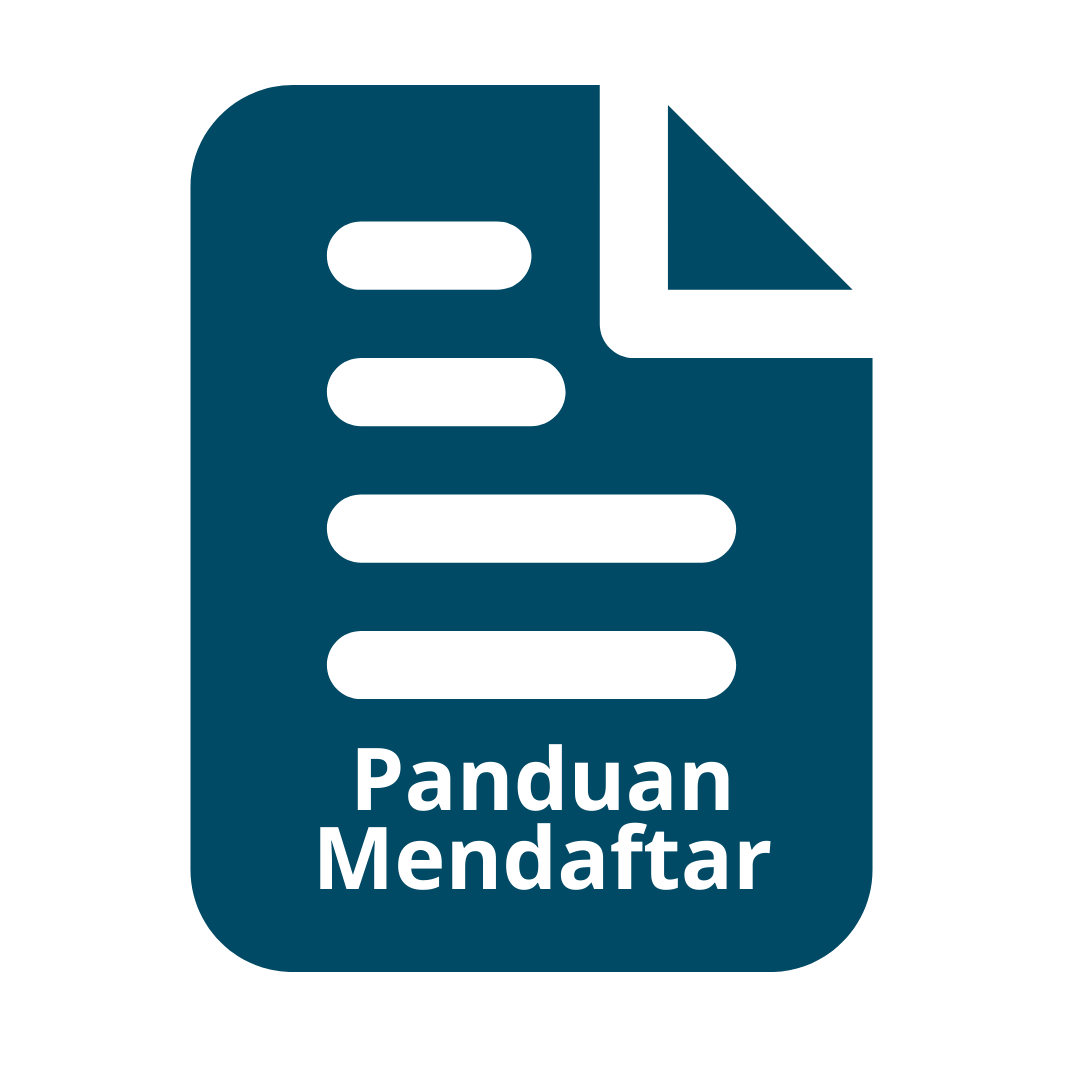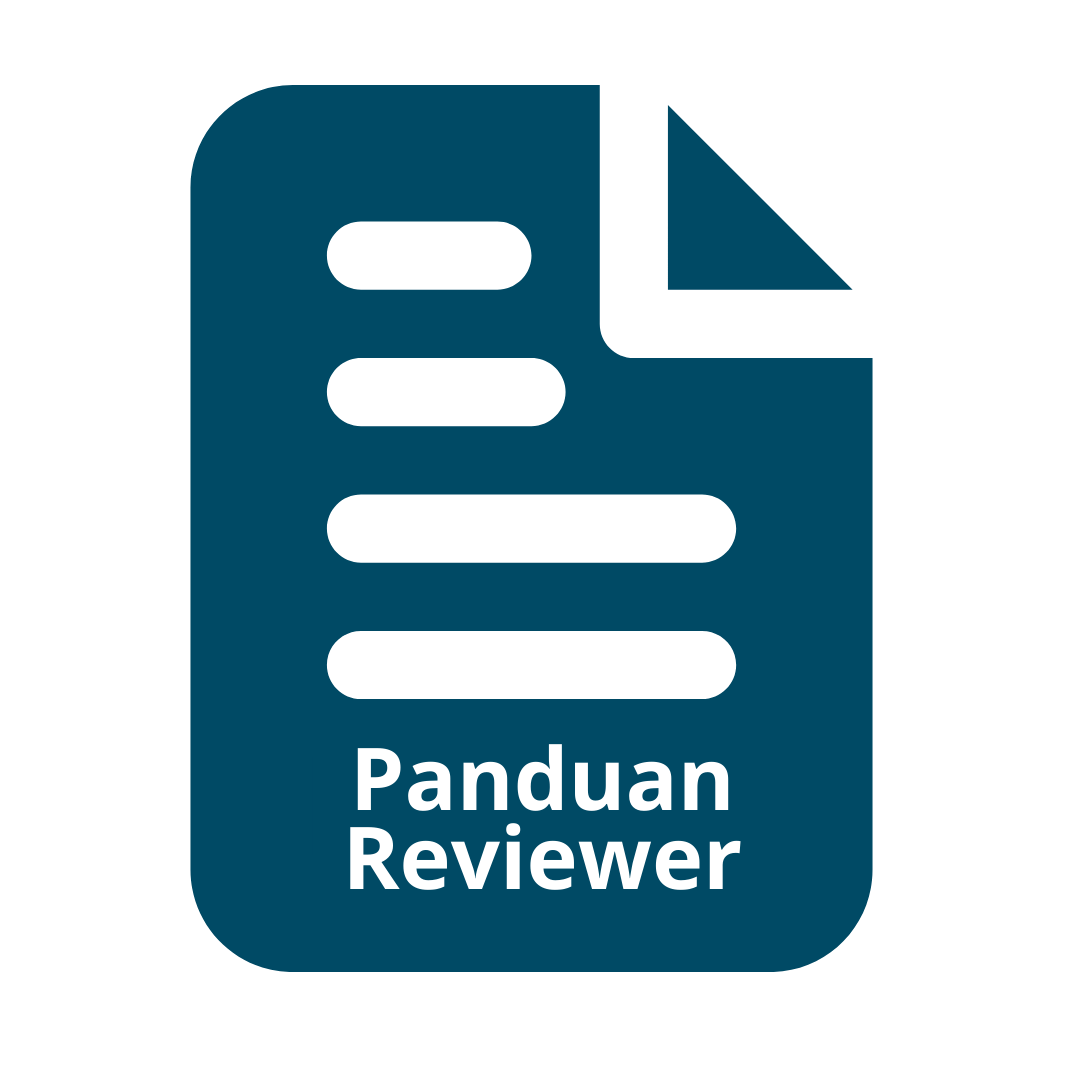APPLICATION OF NATURAL PLANT GROWTH REGULATOR AND COW BIOURINE ON GROWTH AND YIELD OF SHALLOT IN RAINY SEASON (Allium cepa L.)
Abstract
The use of natural hormones of young sweet corn extract, coconut water extract, and banana stem extract and application of cow biourine has been introduced as an innovation to reduce the use of chemical fertilizers to increase the productivity of shallot. This study aims to compare the growth and yield of shallot with chemical fertilizer treatment and that of shallot treated with a combination of the natural hormone and cow urine. The study was conducted from October 2019 to January 2020 in Temon Wetan, Temon, Kulon Progo, Special Region of Yogyakarta using a Complete Randomized Block Design, which consists of two factors and one control (chemical fertilizer). The first factor is a natural hormone: young sweet corn extract, banana stem extract, and coconut water. The second factor is the concentration of cow urine: 30%, 40%, and 50%. Data were subjected to an analysis of variance followed by Duncan’s Multiple Range Test and Orthogonal Contrast at 5% It was revealed that the control group with combined treatments was not significantly different from the growth and yield of shallot of the group with chemical fertilizers. Types of treatments with natural hormone and cow urine concentrations provided the same growth and yield as that of chemical fertilizer.
Keywords
Full Text:
PDF (Bahasa Indonesia)References
Arumingtiyas, W. I. 2014. Pengaruh Aplikasi “Biourin” Terhadap Pertumbuhan dan Hasil Tanaman Padi. Jurnal Produksi Tanaman. Vol 2 No 8.
BPS dan Direktorat Jenderal Hortikultura. 2017. Statistik Pertanian. Jakarta Selatan: Pusat Data dan Sistem Informasi Pertanian Kementrian Pertanian Republik Indonesia.
Cahyono, R.N. (2016). Pemanfaatan Daun Kelor dan Bonggol Pisang Sebagai Pupuk Organik Cair Untuk Pertumbuhan Tanaman Bayam (Amaranthus sp.). Publikasi Ilmiah.
Elisabeth, D.W., M. Santoso, dan N. Herlina. 2013. Pengaruh Pemberian Berbagai Komposisi Bahan Organik pada Pertumbuhan dan Hasil Tanaman Bawang Merah (Allium ascalonicum L.). Jurnal Produksi Tanaman, 1(3) : 21-29.
Kaffi, U. 2017. Uji Effektifitas Pertumbuhan Vegetatif Bunga Nusa Indah terhadap Pemberian ZPT Organik Jagung Muda pada Berbagai Sumber Stek.Kurnianti, N. 2002. Hormon Tumbuhan atau Zat Pengatur Tumbuh. http//www.tanijogonegoro.com. Diakses tanggal 17 Februari 2019.
Kurniadinata, O.F. 2007. Pemanfaatan Feses Urin Sapi Sebagai Pupuk Organik Dalam Perkebunan Kelapa Sawit. Seminar Optimasi Hasil Perkebuan Kelapa Sawit dan Industri Olahannya Sebagai Pakan Ternak. Paser, Kalimantan Timur. Juli 2007 : 65-72.
Leopold, A. C. 1963. Auxin and Plant Growth. Univ. California Press. Berkeley. Los Angeles
Marfiani, M., Y.S. Rahayu, dan E. Ratnasari. 2014. Pengaruh Pemberian Berbagai Konsentrasi Filtrate Umbi Bawang Merah Rootone F Terhadap Pertumbuhan Stek Melati “Rato Ebu”. Jurnal Lentera Bio. 3(1): 73-76.
Rajiman. 2015. Pengaruh Limbah Air Kelapa Terhadap Pertumbuhan dan Hasil Tiga Varietas Bawang Merah. Jurnal Teknologi. (1) : 15-31.Rizki, K., A. Rasyad, Murniati. 2014. Pengaruh Pemberian Urin Sapi Yang Difermentasi Terhadap Pertumbuhan dan Produksi Tanaman Sawi Putih (Brassica rafa). Jurnal Online Mahasiswa Fakultas Pertanian. Vol. 1 No 2.
Subhan, N.N. 2004. Pengaruh Pupuk NP Cair dan NPK 15 -15 -15 untuk Meningkatkan Hasil dan Kualitas Buah Tomat Varietas Oval. Journal Hortikultura. 14(4) :253 – 257.
Sutari N.W.S. 2010. Pengujian Kualitas Bio-urine. Tesis Program Studi Bioteknologi Pertanian. Program Pasca Sarjana Fakultas Pertanain. Universitas Udayana, Denpasar.
Waluyo, N dan R. Sinaga. 2015. Bawang Merah. Balai Penelitian Sayuran. Yogyakarta.
Weaver, J. 1972. Plant Growth Substances in Agriculture. WH Freeman and Company. San Fancisco. 594 hlm.
Widyaswari, E., N. Herlina dan M. Santosa. 2017. Pengaruh Biourin Sapi dan Pupuk Anorganik Pada Tanaman Bawang Merah (Allium ascalonicum L.). Jurnal Produksi Tanaman 5(10) : 1700-1707
DOI: https://doi.org/10.31315/agrivet.v27i1.4692
DOI (PDF (Bahasa Indonesia)): https://doi.org/10.31315/agrivet.v27i1.4692.g3670
Refbacks
- There are currently no refbacks.
Indexed by:









